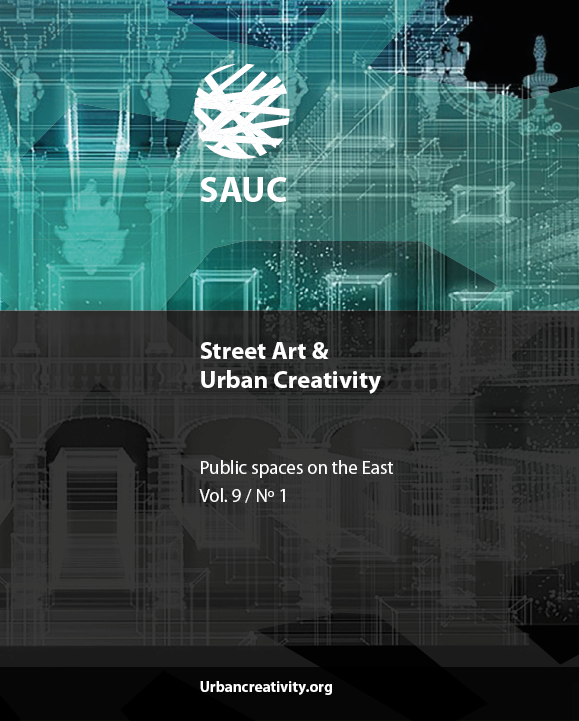Identifying the pleasant sounds in the city's public parks environment (Case study: Mellat riverside park, Urmia)
DOI:
https://doi.org/10.25765/sauc.v9i1.690Keywords:
sound, public spaces, music, pleasant environment, Urmia.Abstract
Noise pollution is a prevalent issue in contemporary public spaces, leading to discomfort and mental distress in individuals. This study aims to improve the quality of soundscape in urban public spaces and enhance the comfort and well-being of citizens. Using a mixed-methods approach, including literature review, field observations, questionnaires, and interviews, the research was conducted at Mellat Park in Urmia, Iran. The sample consisted of 170 randomly selected park visitors, who were surveyed to gather data. The findings indicate that the majority of visitors prefer the use of music in public spaces but emphasize the importance of a balanced audio environment. The results further reveal that natural sounds were found to be the most preferred type of sound, as they provide a sense of leisure, relaxation, and calmness. This study highlights the significance of creating a harmonious soundscape in public spaces to improve the overall experience and comfort of citizens. The low level of Sig, Water sound, Car sound, Speakers sounds, Types of treble sounds, and Types of bass sounds differs significantly from the average level due to the positive upper and lower 95% confidence in the water sound, this value is also higher than the average. Because of the negative upper and lower 95% confidence levels in the car sound, speakers sounds, types of treble sounds, and types of bass sounds, this value is lower than the average level.
Downloads
Global Statistics ℹ️
|
189
Views
|
87
Downloads
|
|
276
Total
|
|
Downloads
Published
How to Cite
Issue
Section
License
Those authors who publish in this journal accept the following terms:
-
Authors retain copyright.
-
Authors transfer to the journal the right of first publication. The journal also owns the publishing rights.
-
All published contents are governed by an Attribution-NoDerivatives 4.0 International License.
Access the informative version and legal text of the license. By virtue of this, third parties are allowed to use what is published as long as they mention the authorship of the work and the first publication in this journal. If you transform the material, you may not distribute the modified work. -
Authors may make other independent and additional contractual arrangements for non-exclusive distribution of the version of the article published in this journal (e.g., inclusion in an institutional repository or publication in a book) as long as they clearly indicate that the work was first published in this journal.
- Authors are allowed and recommended to publish their work on the Internet (for example on institutional and personal websites), following the publication of, and referencing the journal, as this could lead to constructive exchanges and a more extensive and quick circulation of published works (see The Effect of Open Access).













